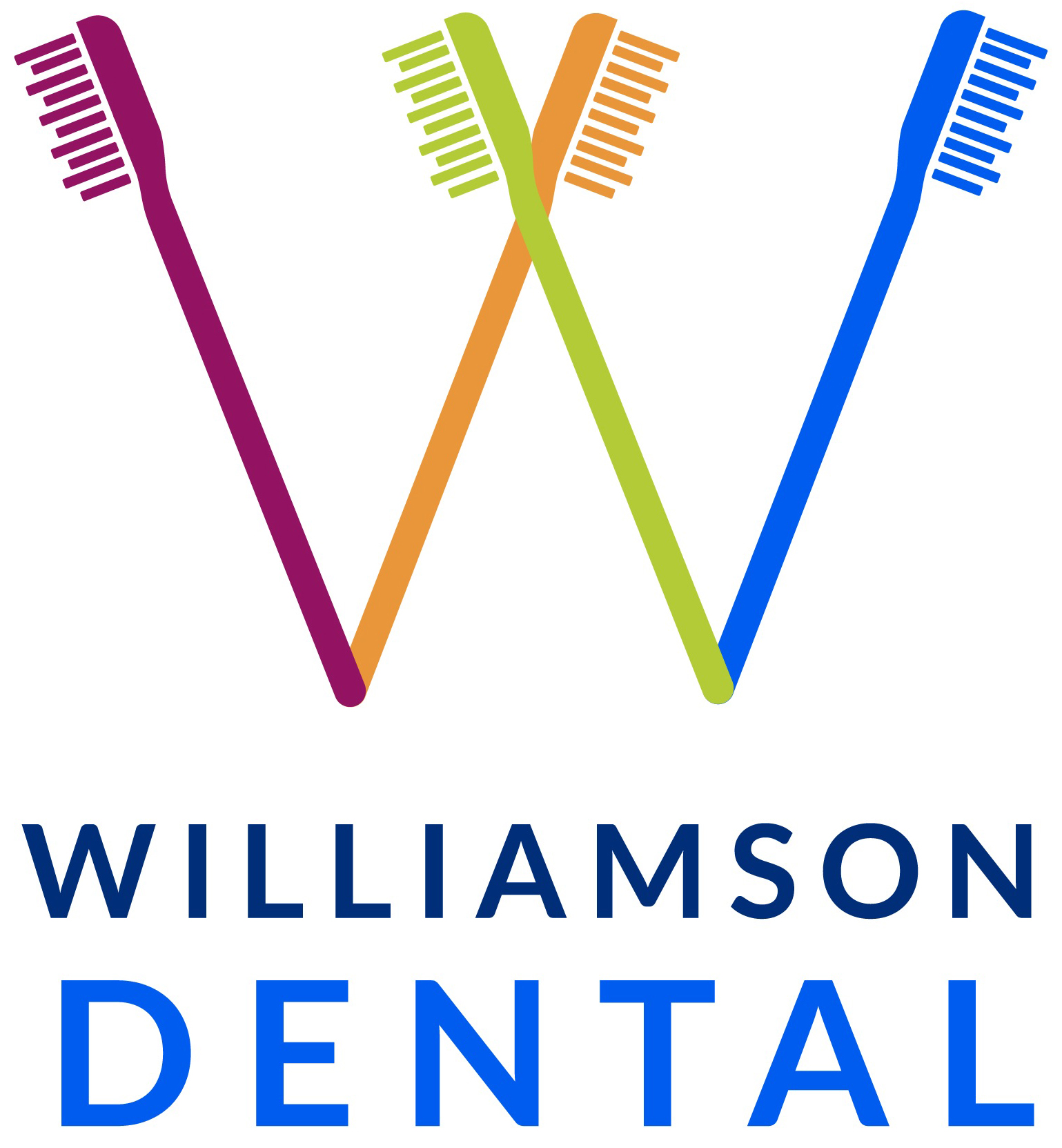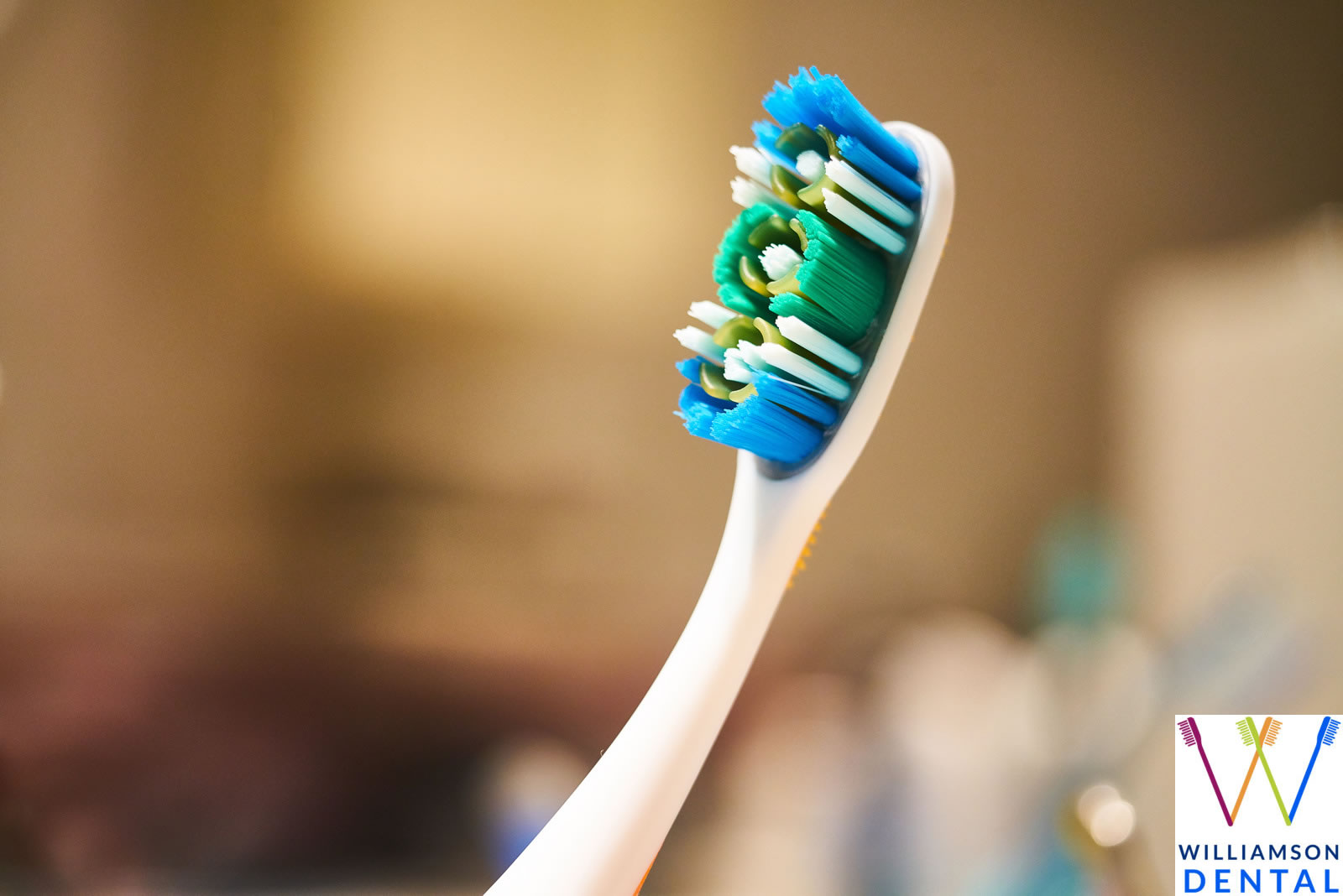The significance of oral hygiene cannot be overstated, and one crucial component of maintaining a healthy mouth is regularly changing your toothbrush. This article will delve into the rationale behind this often-overlooked aspect of dental care, detailing why you should change your toothbrush regularly.
Oral hygiene is of paramount importance not only for oral health but also for overall well-being. The tools we use in maintaining dental hygiene play a significant role in its effectiveness. Among these tools, the toothbrush stands out as the primary implement used in daily oral care. The practice of regularly changing toothbrushes is recommended by dental professionals worldwide. It may seem inconsequential, but this habit can significantly impact your oral health.
Why Toothbrushes Wear Out
In the realm of oral hygiene, the gradual wearing out of toothbrushes is an inevitable process that can have serious implications on its effectiveness. Toothbrushes, though they might appear robust and durable, are subjected to a significant amount of stress and strain with each use. Over time, the bristles of your toothbrush fray, bend, and lose their original form. This is a natural consequence of daily use, especially if you have a habit of brushing vigorously or using a hard-bristled brush. The effect of this wear on your toothbrush’s cleaning effectiveness is critical. As your toothbrush bristles become worn out, they lose their ability to properly clean your teeth. The bristles become less effective at reaching the small crevices and spaces between your teeth where food particles and plaque can hide. Furthermore, frayed bristles can be harsh on your gums, causing unnecessary discomfort and potential damage. To understand this better, let’s look at some real-life examples. Picture your toothbrush when it’s new – the bristles are straight, firm, and well-positioned to reach all corners of your mouth. Now, imagine a toothbrush that’s been used twice a day for four months. The bristles are likely bent, spread out, and possibly even discolored. This worn-out toothbrush is not only less effective at cleaning your teeth, but it can also harbor a higher amount of bacteria, thus creating more problems for your oral health. In conclusion, changing your toothbrush regularly is not just about maintaining a bright, white smile. It is a fundamental practice for ensuring the effectiveness of your daily dental hygiene routine and for safeguarding your overall oral health.
Health Risks of Using an Old Toothbrush
The health risks associated with using an old toothbrush are numerous and concerning. One of the chief hazards comes from bacterial growth. Our mouths are home to hundreds of microorganisms, and while many are harmless, some can lead to disease. Each time you brush, bacteria can be transferred from your mouth to your toothbrush and vice versa. Over time, the amount of bacteria on an old toothbrush can significantly increase, especially if it’s not stored properly, leading to a higher risk of infection. The risk of infection from using an old toothbrush is not to be overlooked. Infections such as gingivitis and periodontitis can result from the extended use of an old toothbrush. These conditions can cause inflammation, bleeding gums, and if untreated, could eventually lead to tooth loss. Additionally, if you’ve recently had a cold or flu, continuing to use the same toothbrush can reintroduce those germs, prolonging your recovery or leading to a recurrence of the illness. The other significant health risk lies in the potential oral health issues that can arise due to inefficient cleaning. As previously mentioned, an old toothbrush is less efficient at removing plaque and food particles from the teeth and gum line. This inefficiency can lead to cavities and gum disease. Furthermore, the worn-out bristles of an old toothbrush can be abrasive and damage the enamel of the teeth, leading to sensitivity and pain. In conclusion, changing your toothbrush regularly helps to prevent bacterial buildup, reduces the risk of infection, and ensures your teeth are being cleaned effectively. It is a simple yet essential step in maintaining your oral health.
When and Why to Change Your Toothbrush
To maintain optimal oral health, dental experts universally recommend changing your toothbrush approximately every three to four months. This is the average lifespan of a toothbrush under normal use, after which the bristles start to fray, losing their effectiveness in removing plaque and bacteria. Children’s toothbrushes often need to be replaced more frequently, as they tend to brush more vigorously than adults, causing the bristles to wear out faster. In addition to this general rule of thumb, there are specific circumstances where you should replace your toothbrush immediately. One such instance is after recovering from a sickness. Viruses and bacteria can linger on the bristles, leading to the risk of re-infection. Similarly, if you notice a noticeable change in the color of the bristles or a foul odor, it’s a clear sign that your toothbrush harbors harmful bacteria and needs to be replaced. Regularly changing your toothbrush has numerous benefits. Firstly, it ensures that your toothbrush remains effective in its primary role: cleaning your teeth and gums. A new toothbrush with straight and sturdy bristles is more efficient in removing plaque and food particles, reducing the risk of cavities and gum disease. Secondly, it helps to prevent bacterial and fungal growth, ensuring you’re not introducing new bacteria into your mouth every time you brush. Lastly, a new toothbrush can help you brush better. The sensation of new bristles can reinvigorate your brushing routine, making you more likely to brush thoroughly and for the full recommended two minutes.
How to Choose a New Toothbrush
Selecting a new toothbrush can sometimes be overwhelming, given the vast array of options available in the market. However, there are key factors to consider to ensure you make a suitable choice. Firstly, always choose a toothbrush with soft bristles. Toothbrushes with hard bristles may damage your gums and enamel. Secondly, the size of the toothbrush head is important. A smaller head is generally recommended as it can easily reach all areas of the mouth. Lastly, consider the handle design for comfort and control. When it comes to the comparison between manual and electric toothbrushes, both have their advantages. Manual toothbrushes are easily portable, affordable, and require no charging. On the other hand, electric toothbrushes can make brushing easier, particularly for those with dexterity issues. They also have built-in timers to ensure you brush for the dentist-recommended two minutes. Regardless of the type of toothbrush you choose, ensuring you use proper brushing techniques is crucial for effective cleaning. Remember, irrespective of the brand or type of toothbrush you prefer, ensure you change it every three to four months or sooner if the bristles are frayed. This not only guarantees optimal oral hygiene but also prevents bacterial and fungal growth on the toothbrush, contributing to a more effective brushing routine.
Conclusion
In conclusion, changing your toothbrush regularly, ideally every three to four months, is a crucial aspect of maintaining optimal oral health. Over time, a toothbrush’s bristles become frayed and lose their effectiveness, which can compromise your ability to thoroughly clean your teeth and gums. Additionally, an aged toothbrush can harbor harmful bacteria and fungi, which can potentially cause infections. Remember, a worn-out toothbrush cannot provide the same level of cleanliness as a new one. Maintaining good oral hygiene practices goes beyond just brushing your teeth regularly. It also involves making informed decisions about the tools you use, such as choosing the right type of toothbrush and remembering to replace it regularly.


